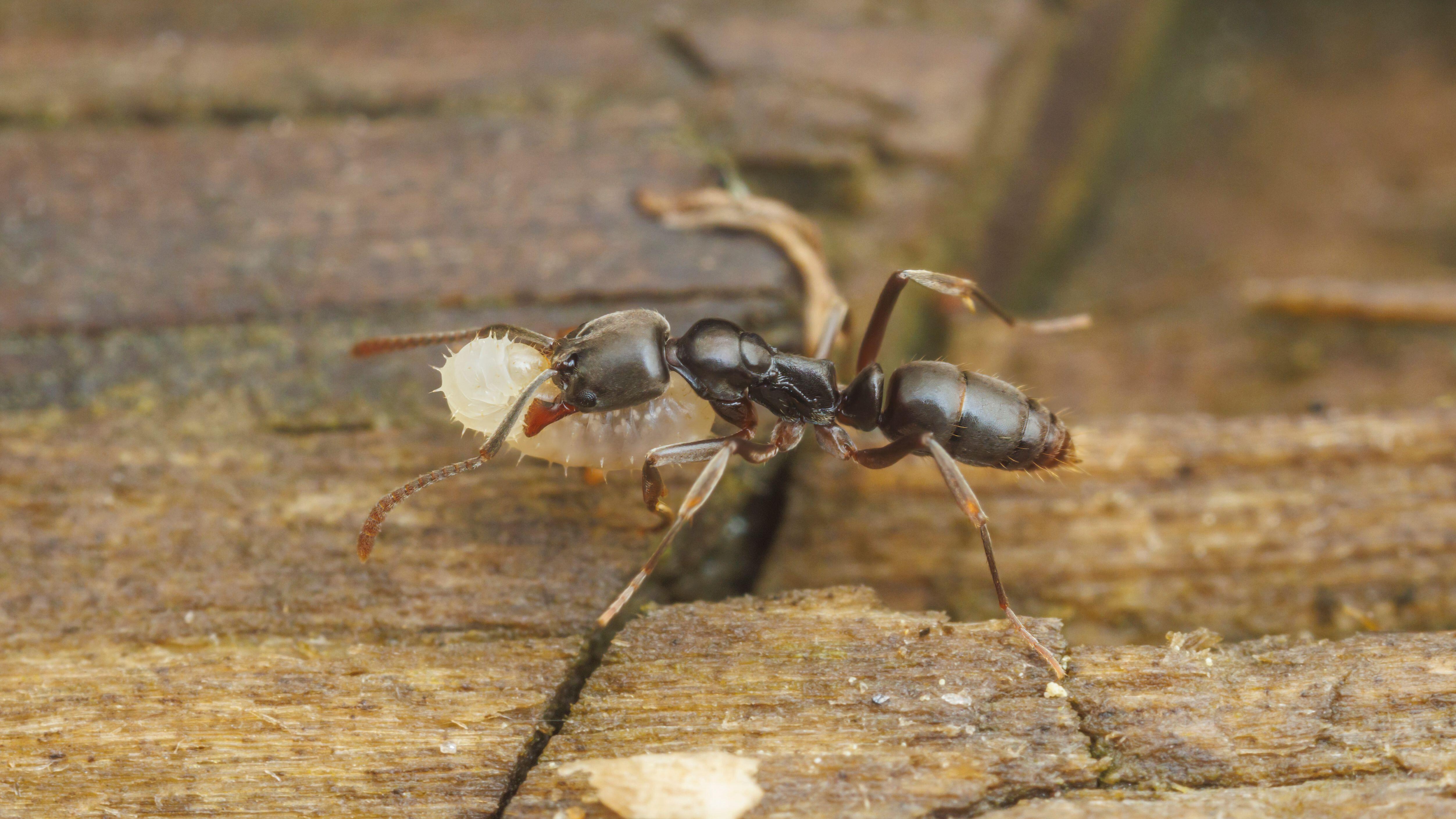How to Avoid Being Attacked By a Dog
Question: I heard that older people are the leading victims of dog bites. Is this true?
No. More than 60 percent of the people who are bitten by dogs are children. The elderly are second and people like mail carriers and meter readers are third.
Children often don’t know how to act around dogs and frighten them into aggressive behavior. Older people are more prone to being bitten by an aggressive dog because they tend to be slower and weaker than younger adults. Mail carriers walk onto property the dogs consider their domain to defend.
Dogs bite more than 4.7 million Americans a year. About 800,000 of these victims seek medical attention. Of those injured, 386,000 require treatment in an emergency department and about a dozen die.
Here are some tips from the experts on how to avoid being attacked by a dog:
* Don’t look a dog straight in the eye. This is provocative.
* Do not run away from or past a dog. This can make them aggressive and want to chase you.
Sign up for the Live Science daily newsletter now
Get the world’s most fascinating discoveries delivered straight to your inbox.
* Never go up to a dog you don’t know and try to get friendly, especially if the dog is behind a fence, tethered or in a parked car.
* If an unfamiliar dog comes up to you, stand still. Most of the time, the dog will sniff you and then walk away.
* Never bother a dog that is eating or sleeping. And stay away from a mother tending to her litter.
*If you're threatened by a dog, don’t yell. Respond calmly. In a commanding voice, tell the dog to go away. Try to stay still until the dog leaves, or back away slowly.
* If you are attacked, give the dog an object, such as a jacket or tote to bite. If you are knocked down, roll yourself into a ball and lie still. Cover your head and face with your hands.
Call your doctor if : the bite is on your hand, foot or head; the bite is deep or gaping; you have any condition that could weaken your ability to fight infection; there are signs of infection; there is bleeding after 15 minutes of pressure; there are signs of a broken bone, nerve damage or another serious injury, and if your last tetanus shot was more than five years ago.
For bites that don’t require a doctor’s care, you should clean the wound with soap and water, apply pressure with a clean towel to stop bleeding, apply a sterile bandage to the wound., keep the injury elevated above the level of the heart to slow swelling and prevent infection., apply antibiotic ointment to the wound twice daily until it heals.
An immediate concern that comes to mind after a dog bite is rabies.
Rabies is uncommon in dogs in the United States. If a dog appears to be healthy, it probably does not have rabies. However, if you’re bitten by a dog, you should take some precautions.
If you are familiar with the dog that bit you, check its vaccination record. Even if it has been vaccinated, it should still be quarantined for 10 days to insure it doesn't exhibit rabies symptoms. If the dog has rabies, you will need to get a series of rabies shots.
If the animal is a stray, call the animal control agency or health department in your area. They will try to find the animal so it can be tested for rabies. If the authorities can't find the animal that bit you, your doctor will probably want you to get the shots.
- Top 10 Deadliest Animals
- Why We Fear Snakes
- Why Dogs Bite Kids
The Healthy Geezer column publishes each Monday on LiveScience. If you would like to ask a question, please write fred@healthygeezer.com. © 2010 by Fred Cicetti.









